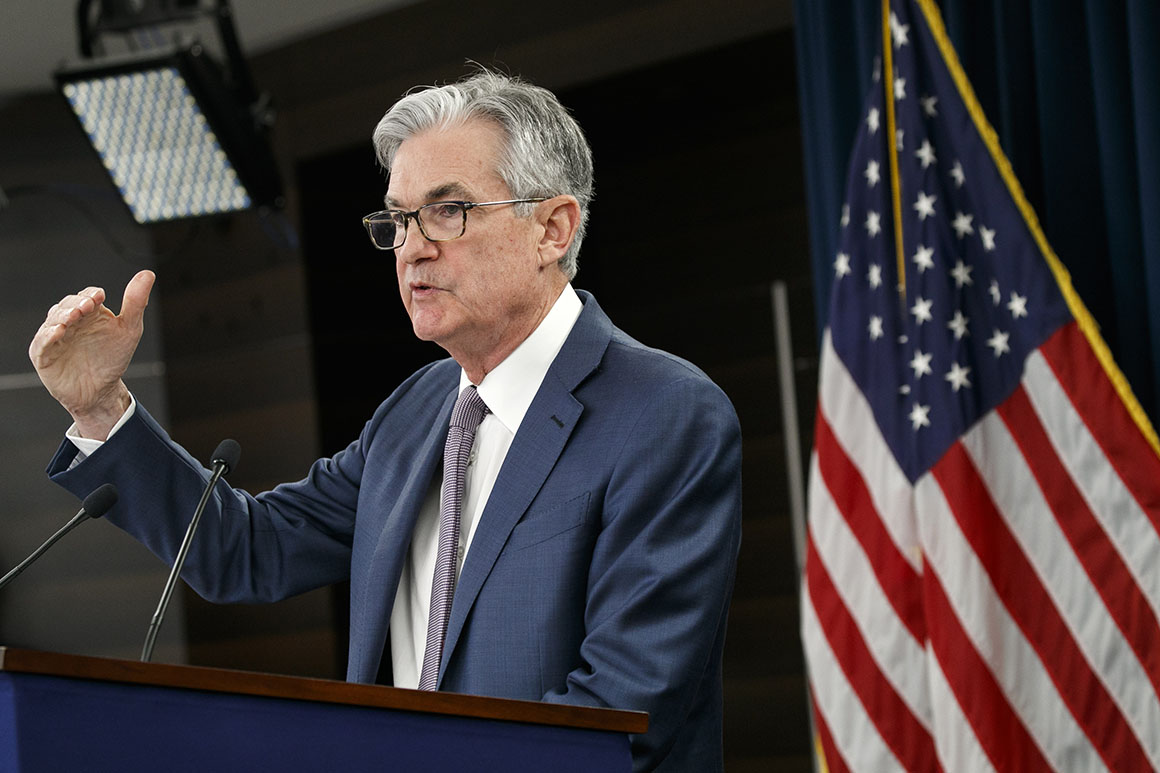WASHINGTON – There’s a lot that could blow up in the Federal Reserve’s face. The U.S. central bank has little choice but to hike interest rates and shrink its balance sheet to fight inflation. But Chair Jay Powell’s moves make markets more vulnerable to shocks and could even tip the American economy into a recession.
With inflation read more at a 40-year high, the Fed is rushing along the path to a more normal monetary policy. A central bank committee on Wednesday is expected to raise the official cost of borrowing by 0.5 percentage points, its biggest hike since 2000. It also will likely announce the start of reducing its $9 trillion balance sheet. That will probably mean eventually rolling off $95 billion in Treasury and agency mortgage-backed securities every month.
The shift makes the financial system more vulnerable to financial tremors read more . Take the $24 trillion Treasury market, where glitches exposed by the pandemic-induced selloff have yet to be fixed. In early 2020, a frantic “dash for cash” left the key financial market short of liquidity, prompting the Fed to step in. The central bank’s holdings of government bonds have more than doubled since February 2020 to reach about $5.8 trillion.
Liquidity problems could quickly resurface as the Fed sheds such assets. The Treasury market has sold off because of the central bank’s hawkish tone and worries about how that could hurt the economy. The ICE BofA Treasury Index is down 9% this year.
Bigger-than-expected rate hikes are another danger. A good chunk of investors project a series of 0.5 percentage point increases at the next Fed meetings, according to the CME FedWatch tool. But persistent inflation means markets now reckon there’s a 20% probability of the Fed raising rates by 0.75 percentage points in June, something the central bank hasn’t done since 1994. Over the last 60 years, tighter monetary policy has tended to be followed by a recession, according to Piper Sandler.
Meanwhile, the Fed is at the mercy of factors that could upset the American economy and throw its plans off track. Major turns in the war in Ukraine read more or additional supply-chain disruptions from Covid-19 lockdowns in China are possible hurdles. That all increases the risk of collateral damage as Powell navigates a field of financial land mines.
CONTEXT NEWS
– The U.S. Federal Reserve is scheduled to conclude its two-day meeting on May 4. The Federal Open Market Committee is expected to raise the target range for the federal funds interest rate to between 0.75% to 1%, an increase of 0.5 percentage points.
– The Fed is also expected to announce the start of reducing its $9 trillion balance sheet. At the March meeting, FOMC participants generally agreed that maximum monthly reductions of about $60 billion for Treasury securities and about $35 billion for agency mortgage-backed securities would likely be appropriate. Those caps may be phased in.






